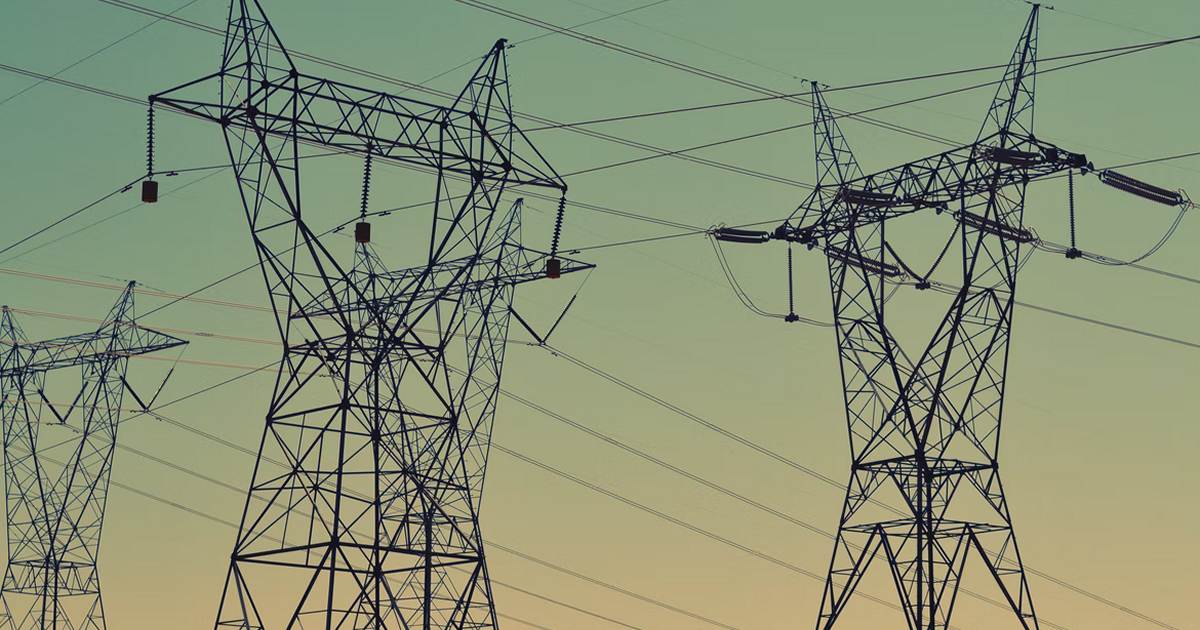The bad news on electricity prices continues, with Tasmanian households and businesses also hit by power cost increases. But solar owners will see a better feed-in tariff.
Following in the footsteps of regional Queensland, SE QLD, SA and NSW, Victoria, and to a lesser degree Western Australia, Tasmanians will see electricity prices rise soon – and by quite a bit.
On Friday, the Independent Tasmanian Economic Regulator announced an 11.88 per cent increase in standing offer prices for Aurora Energy residential and small business customers from 1 July 2022 to 30 June 2023. Where standing offers go, other offers tend to follow.
Under the standing offer, the annual bill for a residential customer on Tariff 31 / Tariff 41 with median usage is expected to jump around $227. On tariff 93 – which is a Time of Use tariff – the annual increase is estimated to be around $196.
Why The Increase?
Tasmanian Economic Regulator Joe Dimas pointed to wholesale electricity costs being 37 per cent higher as the major culprit.
But Tasmania’s electricity mix is pretty much 100% renewables, and renewable energy pushes down the wholesale price of electricity – so, what gives? Tasmania is part of the (currently suspended) National Electricity Market (NEM), so what happens across Bass Strait has a local impact.
Additional Help In Paying Power Bills
For Tasmanians doing it particularly tough, a new Winter Assistance package was announced on Friday; comprised of:
- A $180 Winter Bill Buster discount for eligible electricity concession account holders; consisting of the $61 concession increase already budgeted, plus a credit of $119 off the first electricity bill rolling in from 1 August 2022.
- Expansion of the Energy Saver Loan scheme, which offers interest free loans of up to $10,000 to invest in energy efficient products.
- No charge for aurora+ from 1 July 2022. aurora+ is an app enabling customers to see how much power they are using and when (requires an advanced meter) that previously cost 11c per day
- A $1.7 million Aurora Customer Support Fund and YES financial hardship incentive payment extension .
Solar Feed-In Tariff Boost
It’s an ill wind that blows nobody any good as they say, and solar owners will have some of the sting taken out the situation with an increase in the amount they receive for exporting their surplus solar electricity to the grid.
Currently, the regulated minimum feed-in tariff rate in Tasmania is 6.501 c/kWh. In 2022/23, that will increase to 8.883c/kWh (+37%), which is a little higher than it was back in 2020-21 (8.471 cents).
But as Mr. Dimas notes – and as savvy solar owners already know – the main benefit of a rooftop solar power system is through self-consumption of electricity generated; as the feed-in tariff is far less than the mains consumption rate.
Going Solar In Tasmania
Solar power systems tend to be a little pricier in Tassie due in part to the big trench between the state and the mainland; but also because the general quality of installations is higher thanks to due to a strict inspection regime. That’s a good thing – it means cowboys installing crap solar don’t last long in that market.
And while solar electricity generation – particularly in winter – is the lowest of any state, having a system installed is certainly worth it. For example, the SolarQuotes solar calculator indicates simple payback on a 6.6kW system installed in Hobart works out to be under 7 years.
If you’re a Tasmanian considering installing panels, check out SolarQuotes founder Finn’s 101 guide to going solar in Tasmania – it will tell you everything you need to know.


 RSS - Posts
RSS - Posts



I’m with Momentum Energy.
Their webpage blub has this: “Our parent company is Australia’s largest renewable generator, Hydro Tasmania.” I chose them (after leaving Powershop) because of hydro.
I just got a letter from them with; “From 1 July 2022, the price of your electricity will change. After this price change, your estimated electricity cost will be 1% below the reference price.”
Supply charge up 50.9%.
Peak up 42.2%
Controlled Load up 71.1%.
No mention of Feed-in.
My response? A battery with a payback period of 6 year 8 months goes on the wall in two weeks’ time.
I really don’t understand why people in Tasmania are taking this unjustifiable price increase so calmly! This paper says “Tasmania is part of the (currently suspended) National Electricity Market (NEM), so what happens across Bass Strait has a local impact.” Why? The price hike is supposedly due to coal and gas price increases. We don’t use those fuels so the price rise is not justified here. Has the cost of producing hydro, wind and solar power in Tas increased? What is the basis of the claim “wholesale electricity costs being 37 per cent higher” [in Tasmania]? Why does what happens across Bass Strait “have local impact”? Has Tas signed up to a deal so stupid that increases interstate must affect our local electricity price? Why can’t we sell electricity to the mainland at its price but sell our own electricity locally at a price that is sufficient to keep our system running? If we have to buy from the mainland, ok, we must pay their price but I understand we don’t normally buy from them so a price hike now is simply not justified. No one has explained the situation satisfactorily. It is pathetic to just say “what happens across Bass Strait has a local impact”. Can someone (as someone once said) “please explain”?